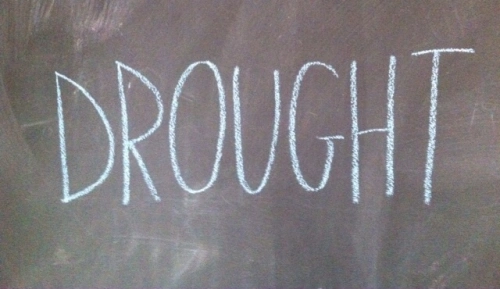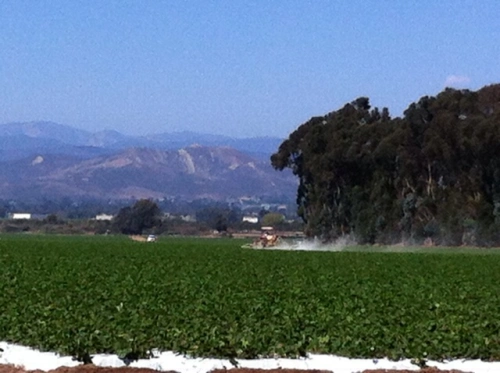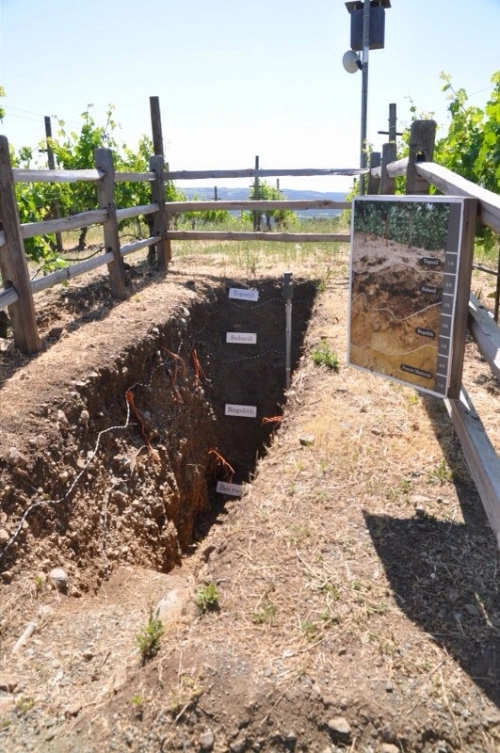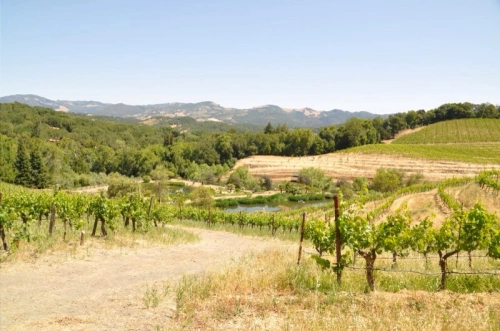Category 4
Category 3
Category 2
Category 1
We specialize in elevating content creators like you through bespoke social media strategies that not only capture attention, but also drive engagement.
Stride Social
Welcome to
A guest on the Oprah Winfrey show was a young woman in over her head in debt. Oprah said to her something like the following, “I would pay your debt right now if I thought it would help you….but all you will do is run up the debt again.” Instead, she gifted her financial coaching, someone to teach her how to change her spending habits. This Oprah scene comes to mind as I consider the Congressional drought bill awaiting approval by the Senate.
Water, or rather the lack of it, is primed to be a hot political issue in the next election cycle. The drought bill, if passed by the Senate would terminate H.R. 146, designed to restore the San Joaquin River located in the Central Valley of California.
In wet years, 356 thousand acre-feet of water is diverted from farmers to the San Joaquin River. In dry years, like this one, the total is reduced by more than 100 thousand acre-feet. House members backing the drought bill contend that these water deliveries should go to farmers not the river. This extra water is enough to irrigate 82 thousand acres of farmland for one year, only 0.2 percent of California farmland, or 0.6 percent of crop acres in the Central Valley.
A water deficit plagues California. Water is drawn from the ground quicker than rainfall and seepage can naturally replace it. The agricultural community of Oxnard, California, the ground water levels drop by 300 acre feet or 98 billion gallons in wet years and more in dry years. This is nearly the same amount as the water diverted to restore the San Joaquin River; a river of water evaporates into the air and runs to the ocean in my hometown.
Last spring I met with farmer Mike Benziger at his family vineyard in Sonoma County. He told me, “This year we entered into a three-year drought phase. It could be the worst since 1850, when California began taking records.”
In anticipation, Benziger Family Winery began developing practices to drive the roots deeper in the soil by increasing the organic matter (SOM). According to the USDA Natural Resources Conservation Services, soil with SOM can hold water anywhere between 10 to 10,000 times more than soil without. It protects the plants better from pest, disease and drought.
Technology is employed to save water. Electro conductivity mapping splits their farm into blocks based on the geology of the soil. This allows for them to tailor the irrigation requirements for each block. These maps have reduced the water they apply to the plants. Soil probes read the moisture levels every 15 minutes. They are strategically placed around the farm. This technology, though found to reduce an average of 2 inches of water from a farm (about 20 percent) per year, remains an uncommon practice. It is found on only 3 out of 10 irrigated farms.
Grey water is used to irrigate the farmland. Gravity carries the industrial waste water into a constructed wetland. This water is delivered to the plants in steady drips. Drip lines are absent on a portion of the farm. The soil retains enough moisture from the fog and rain that the plants require no irrigation–those plants are dry farmed.
Farmers around the country quietly grow food with less irrigated water. They use old farming methods or employ new technology. These farmers each holds the answer to farming in a world adjusting to a new climate. A meaningful drought bill doesn’t pay down a water debt that will only grow again, it instead would chart a new water sustainable path for farming.
Eat less Water at your kitchen table!
Be well,
Florencia
Leave a Reply Cancel reply
Ready to take Action?




click to Read & Leave a comment
Click to close comments
Comments